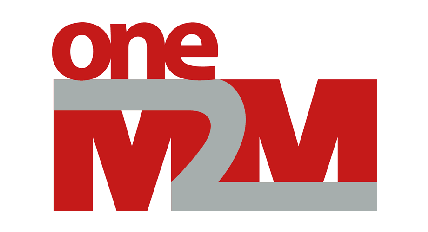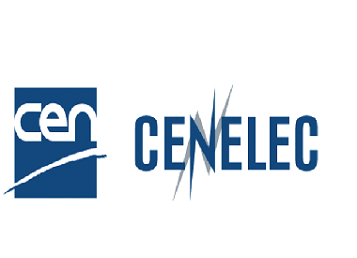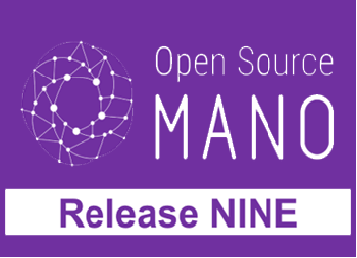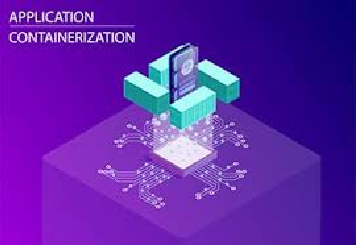oneM2M, the global standards initiative for M2M and IoT technologies of which ETSI is a founding member, is thrilled to announce that its standard has been adopted at a national level in India to develop the 100 smart cities plan of the country.
The standard, developed by a joint global collaborative effort, has already been transposed in India by the Telecommunications Standards Development Society, India (TSDSI). The national adoption of the TSDSI transposition of oneM2M standard highlights the importance of collaboration, testing and certification in the development of IoT devices and software and it will also propel India in the global Internet of Things (IoT) market.
“We are pleased to announce the adoption of TSDSI transposition of oneM2M global standards as national standards for the IoT/M2M ecosystem in India. We have completed this adoption process after following an exhaustive process of consultation as well as critical analysis by a Consultative Committee,” said Sh. Udai K. Srivastava, Senior DDG at TEC. “IoT/M2M will play a significant role in the expansion of the digitally connected society and the realisation of the Smart City Mission program in India.”
ETSI Releases Middlebox Security Protocols Framework Specifications
ETSI announced a new specification, ETSI TS 103 523-1: Part 1 of the Middlebox Security Protocol (MSP) series, which defines the security properties of a Middlebox Security Protocol. Middleboxes are vital in modern networks - from new 5G deployments, with ever-faster networks that need performance management, to resisting new cyberattacks with evolved threat defence that copes with encrypted traffic, to VPN provision. Industry needs middlebox technology to keep pace with these and other evolving and diverse use cases. However, middlebox deployments often raise complex and multi-layered questions around the security, privacy and trust of using middleboxes.
MSP Part 1 (ETSI TS 103 523-1) addresses this gap by specifying a new security framework for middlebox protocols, allowing middleboxes to perform vital functions securely whilst keeping up with the rapid pace of technical development. The MSP series is driven by four important principles that are vital for secure MSP deployments to perform their functions. These are:
- Data Protection (DP): protecting data from network attackers and malicious actors.
- Transparency (T): having knowledge of which parties have what access to the data.
- Access Control (AC): allowing endpoints meaningfully to grant access to parties with this knowledge.
- Good Citizen (GC): preventing complexity that adds DDoS attack vectors to the network.
On 14 October 2020, CEN, CENELEC and ETSI, the three official European Standardization Organizations, joined the international standardization community in celebrating World Standards Day. By focusing on the environment, this year’s edition aims to raise awareness on the potential of standards to help tackle the climate crisis.
Standards play a great role in boosting the ecological transition. They can make home appliances, devices and infrastructures more energy-efficient, create ways to reuse and recycle waste, and set incentives to make steel and cement more sustainable. Developing environmentally ambitious standards is also instrumental to achieve some of the UN’s Sustainable Development Goals (SDGs). This year’s World Standards Day, “Protecting the planet with standards”, celebrates the potential of standards to help our world become more sustainable by setting common rules that help businesses provide better goods and services, while respecting planetary boundaries. It is a moment to showcase particularly successful examples of how standards contribute safe and proactive changes to our world and raise awareness on the importance of standardization to the world economy, but also the environment and consumers worldwide.
ETSI announced the launch of OSM Release NINE . With an array of new features, this Release completes the alignment process with ETSI NFV specifications, culminating in native adoption of ETSI GS NFV-SOL006 for network functions and service modelling. Standardizing the onboarding process for VNFs into OSM fosters interoperability and boosts the growth of OSM’s VNF ecosystem. Release NINE coincides with the announcement of a new production deployment, confirming OSM as the most comprehensive open-source NFV orchestrator and a key enabler for zero-touch end-to-end network and service automation.
OSM Release NINE is the result of almost five years of development and part of the industry’s greater effort towards adopting standards, striving to ensure a healthy and diverse ecosystem of interoperable orchestrators, clouds, and network functions.
The ETSI group on Network Functions Virtualization (ETSI Industry Specification Group NFV) unveiled its first specification enabling containerized VNFs to be managed in an NFV framework. The ETSI GS NFV-IFA 040 specifies requirements for service interfaces and an object model for OS (Operating System) container management and orchestration.
ETSI GS NFV-IFA 040 describes the new functions required for the management and orchestration of OS containers, the Container Infrastructure Service Management (CISM) and the Container Image Registry (CIR). The CISM is responsible for maintaining the containerized workloads and manages the OS container, computation storage, network resources and their configuration. The CIR is responsible for storing and maintaining information of OS container software images.
The GS is supplemented by the first NFV Release 4 specifications ETSI GS NFV-IFA 010 and ETSI GS NFV-IFA 011 which provide enhancements of the specification of management and orchestration functional requirements, and extensions of the VNF package and VNF descriptor specifications respectively.
Developed by ETSI in the 90’s, the DECTTM standard (Digital Enhanced Cordless Telecommunications) is implemented in more than a billion short-range communication devices around the world. The technology is now taking a giant step forward with a new set of DECT-2020 New Radio (NR) standards: the ETSI TS 103 636 series defines an advanced radio interface applying modern radio technologies.
It is designed to provide a slim but powerful technology foundation for wireless applications deployed in various use cases and markets. DECT-2020 NR was developed to support broad and diverse wireless IoT applications requiring both ultra-reliable and low-latency communication needed in voice and industrial applications. It also supports massive machine-type communication with millions of devices in a network required in use cases such as logistics and asset tracking, industry 4.0 and building automation as well as condition monitoring.
A group of experts in ETSI TC ITS, the committee in charge of Intelligent Transport Systems, has just completed a set of three standards related to Vulnerable Road Users (VRU) protection with the specification ETSI TS 103 300-3. This standard defines the VRU awareness service together with its key interfaces and protocols as well as the VRU awareness message (VAM) format, semantics and syntax.
The specification completes the Technical Report, ETSI TR 103 300-1 on use cases and the Technical specification, ETSI TS 103 300-2, addressing the functional architecture and requirements for VRU. The development of the standards included stakeholders from around the world and received a large set of contributions from representatives working on different types of vulnerable road users, for example bicycles and motorcycles.
At the meeting of its General Assembly, ETSI has validated a new strategy, the result of an intensive development process over the last months. Titled ‘Designing tomorrow’s world’, the strategy has been shaped by ETSI’s diverse global community, drawing on the expertise and experience of more than 900 member organizations that include multinational and smaller companies, start-ups, research organizations and governmental institutions.
Representing ETSI’s values, mission and vision, Designing tomorrow’s world defines ETSI’s future direction as a world-leading Standards Developing Organization (SDO). The strategy builds on a recognition of the global importance of Information and Communication Technology (ICT) in sustainable development, together with the role of ICT standards to support the digital transformation of society.













